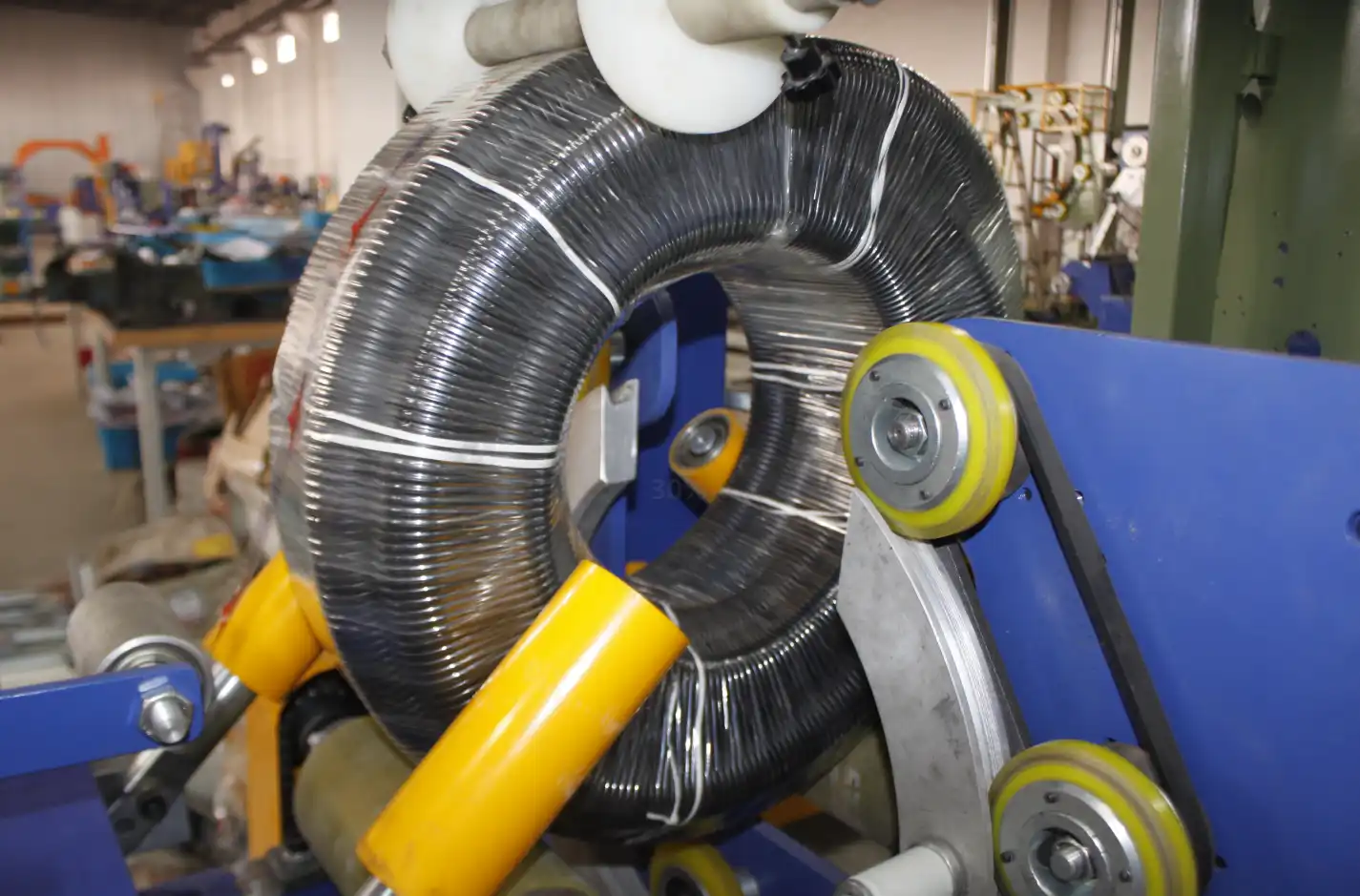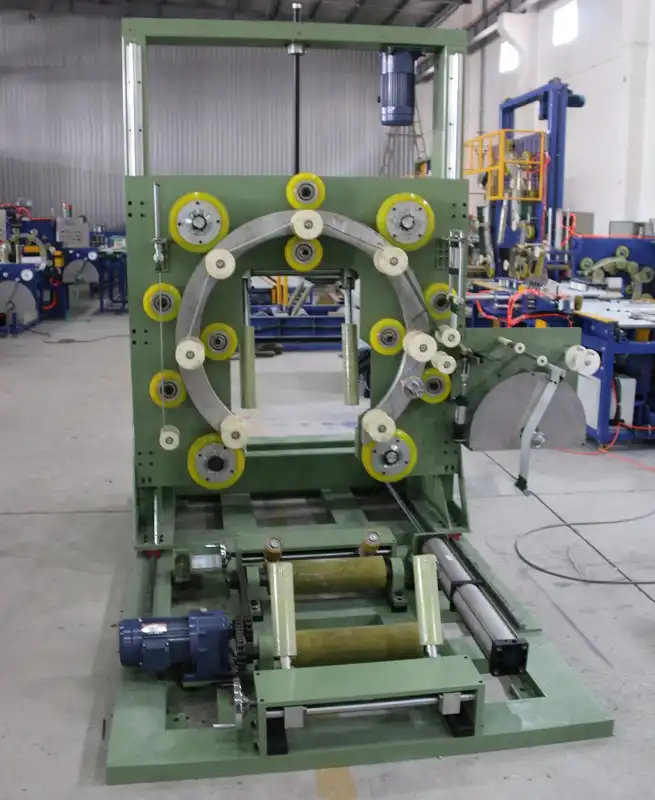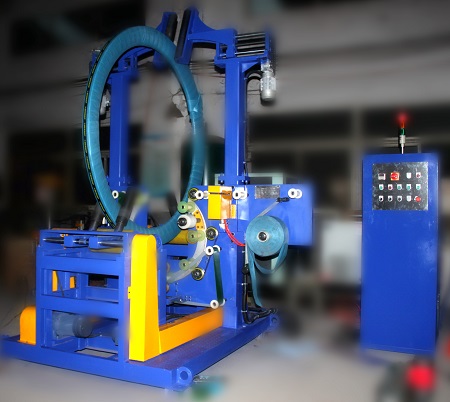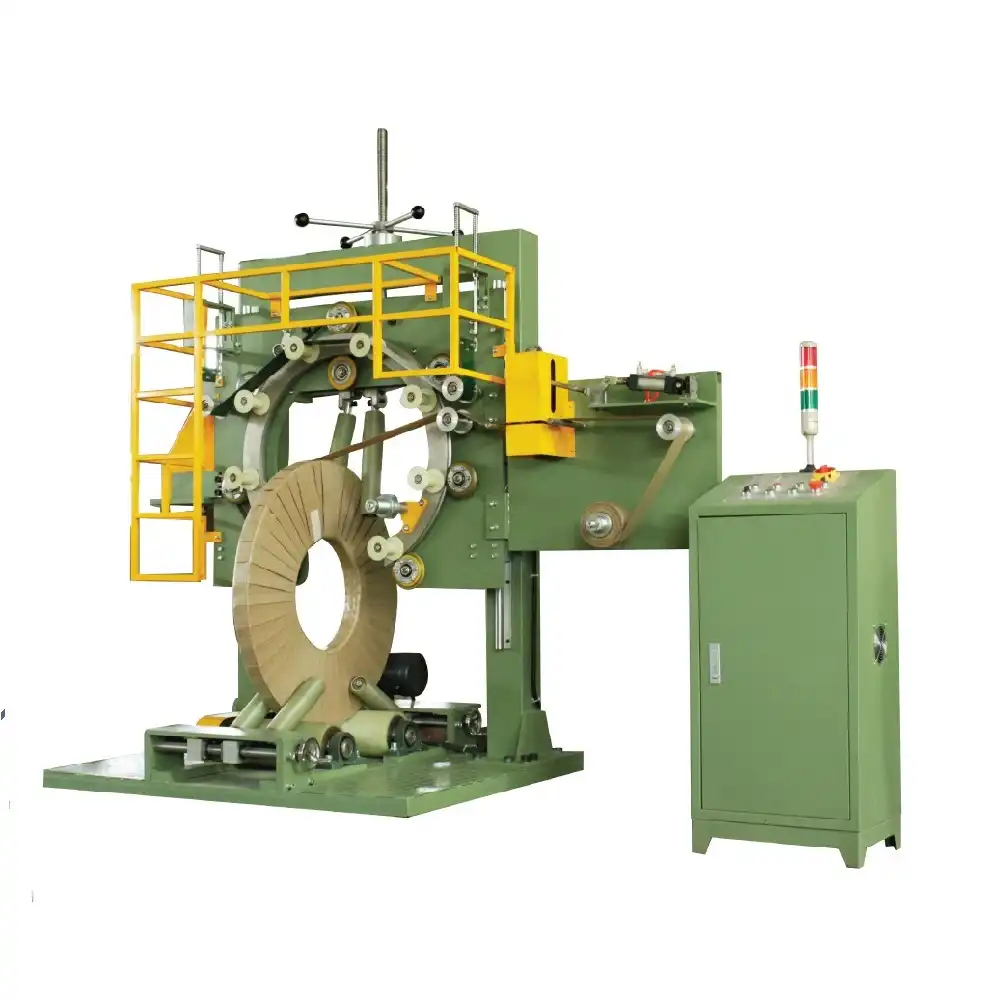The first time I encountered a coil wrapping machine, it was in the bustling factory where I began my career in the manufacturing sector. The industry is rife with all sorts of machinery, but this particular piece caught my attention. The rhythmic hum and the precision with which it performed its task was almost hypnotic. With massive coils of wire gliding smoothly into the machine, it felt like watching a well-rehearsed choreography.
Coil wrapping machines, as the backbone of many industries, play an unsung hero role, yet understanding their mechanics is not everyone's cup of tea. Their operation isn't merely a straightforward, monotonous wrap. Instead, it's a splendid dance of engineering, where every gear has a role as pivotal as the coil itself. Their multifaceted nature leaves one both intrigued and slightly intimidated.
As I delved deeper into mastering its functionality, I realized that comprehension required a step back to appreciate the complexity and intricacy these machines offer. These machines aren’t just about wrapping; they're about ensuring that each coil is snug and secure, ready to face any challenge the industry might throw its way.
Why is Efficiency in Coil Wrapping Machines Important?
In today's fast-paced industrial landscape, efficiency is king. Boosting the productivity of coil wrapping machines can ramp up a factory's overall output dramatically. Businesses focus on these efficiencies to stay competitive. An efficient wrapping machine guarantees that production quotas are met without sacrificing quality. Machines that can save time while ensuring products are adequately wrapped drive down costs and maximize output.
Interestingly, the efficiency of these machines isn’t just about speed; it’s an amalgam of speed and precision. The delicate balance ensures no material is wasted and defects are minimized. This streamlined process ensures that every coil, whether destined for local use or export, meets the manufacturer's high standards.
Table of Efficiency Factors:
| Factor | Impact on Efficiency |
|-----------------|----------------------|
| Speed | High |
| Precision | Medium |
| Material Usage | Low |
| Maintenance | Medium |
Certainly, these factors contribute in varying degrees, creating a concerted effort to sustain operational excellence.

With every hour in operation, there's a tangible return on investment, showcasing why manufacturing giants invest heavily in top-tier coil wrapping technology. Understanding this efficiency also means knowing when and why certain processes require manual intervention or adaptation.
What are the Key Components of a Coil Wrapping Machine?
From the outside, a coil wrapping machine might seem like a massive box with bells and whistles, but it's what’s inside that counts. Each component plays a critical role in the operation and functionality.
- **Frame:** The sturdy structure that holds the entire machine together, providing durability and stability.
- **Motor:** Often the powerhouse, dictating speed and torque needed for different materials.
- **Control Panel:** The brain of the machine, allowing operators to set parameters, monitor operations, and troubleshoot issues.
- **Wrapping Head:** The core element responsible for the actual wrapping, ensuring materials align perfectly.
Diving deeper, it's fascinating to see how synergy between these components results in flawless wrapping. Each piece, from frame to motor, contributes to the machine's heartbeat, ensuring seamless performance day in and day out.
Are all machines created equal? Not quite. While they serve a unified purpose, variations in design and component quality can significantly affect output and longevity. Being conversant with these details prevents unexpected breakdowns and maintains constant production flow.
Fact Check:

1. The motor is often considered the most vital component of a coil wrapping machine due to its role in controlling speed and horsepower. (True)
2. Every coil wrapping machine is identical in features and size, with no variations in design for different industrial needs. (False)
How Has Technology Enhanced Coil Wrapping Machines Over Time?
The world of coil wrapping is not stagnant. With technological advancements, machines now boast features that were once unimaginable. Automation, for instance, has morphed these machines from manually intensive to largely autonomous creatures of convenience.
Incorporated sensors now provide real-time data, reducing the need for human oversight and minimizing errors. Machines are designed with user-friendly interfaces, simplifying operation and reducing training time for staff. The leap from analog to digital systems has introduced flexibility in operations.
Technology-enabled features have not only optimized the machine’s efficiency but substantially lowered the maintenance frequency. This shift in the tech landscape has empowered industries, allowing them to maximize productivity while simultaneously enhancing safety protocols.
Conclusion
The complexity of coil wrapping machines, once understood, clarifies their essential role in industry operations. By maintaining high efficiency and integrating advanced technology, these machines ensure that industries run smoothly and productively. Their evolution and contribution underline their importance in the modern manufacturing world, proving that behind every robust industry lies a machine diligently wrapping its way to success.



